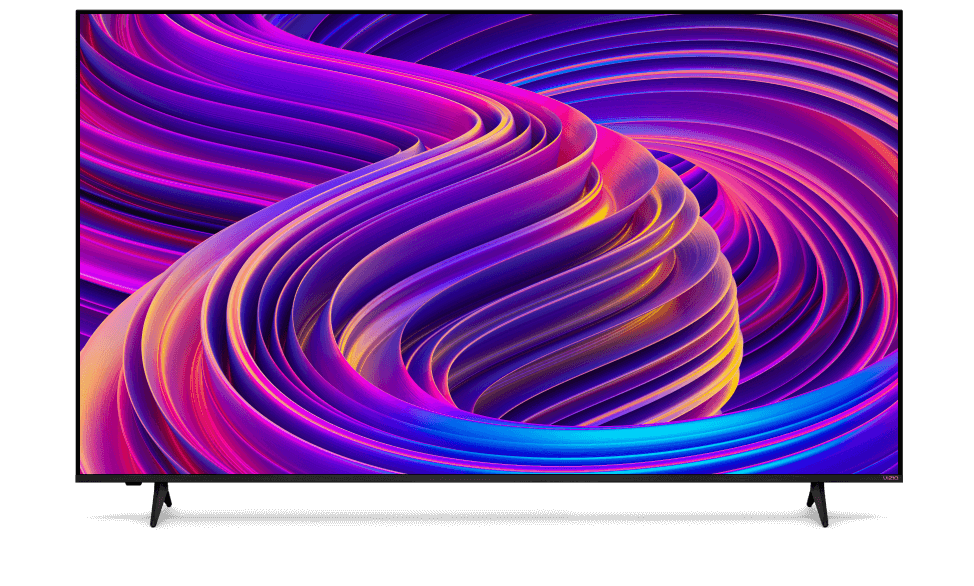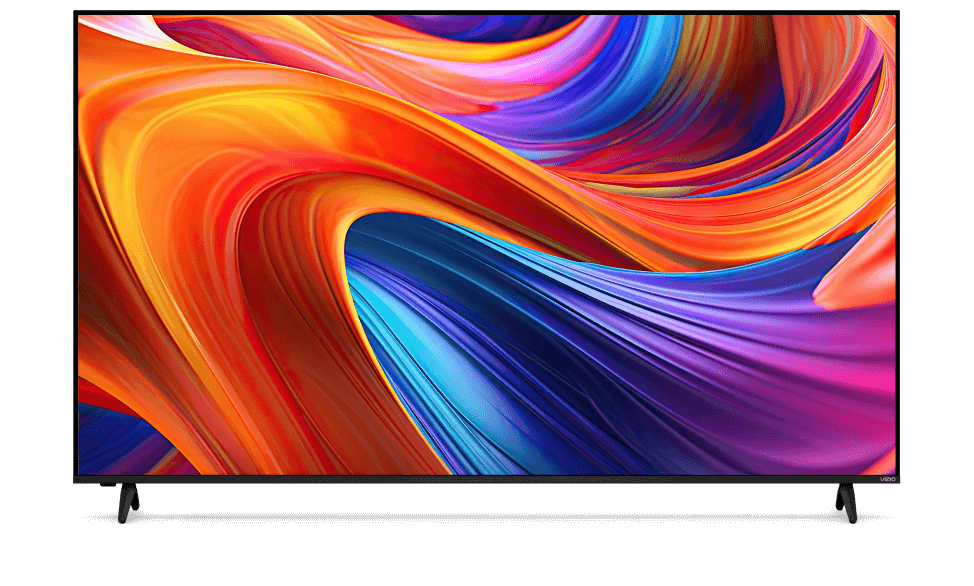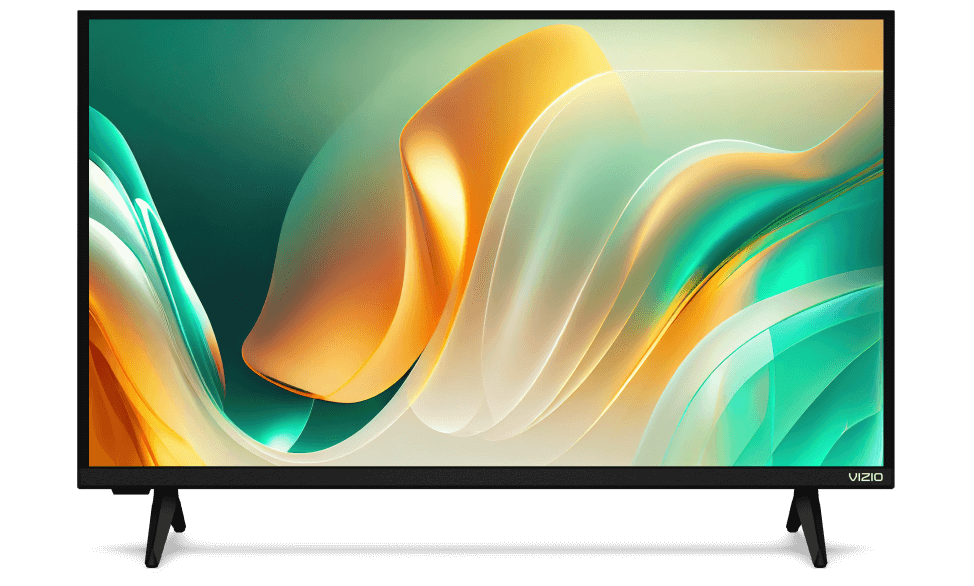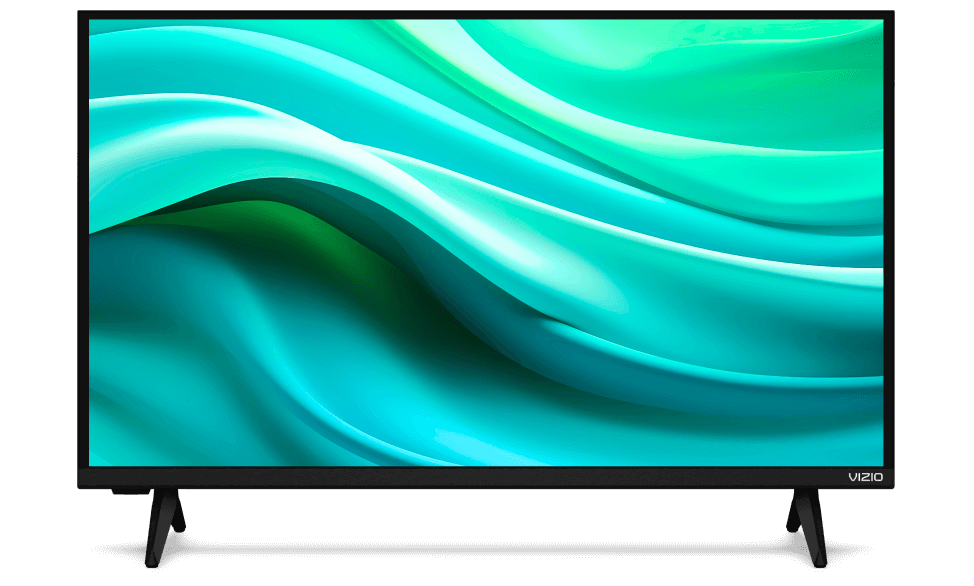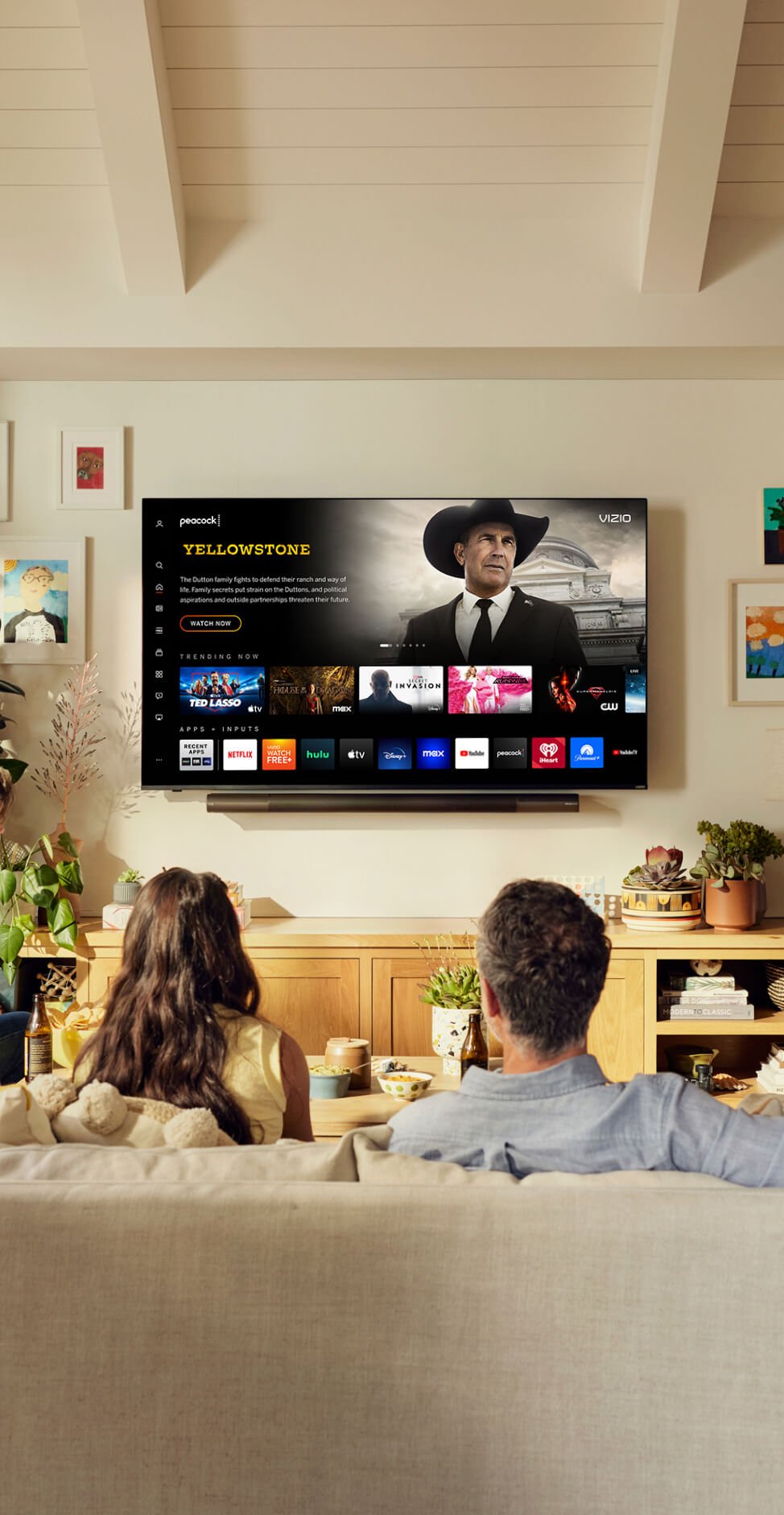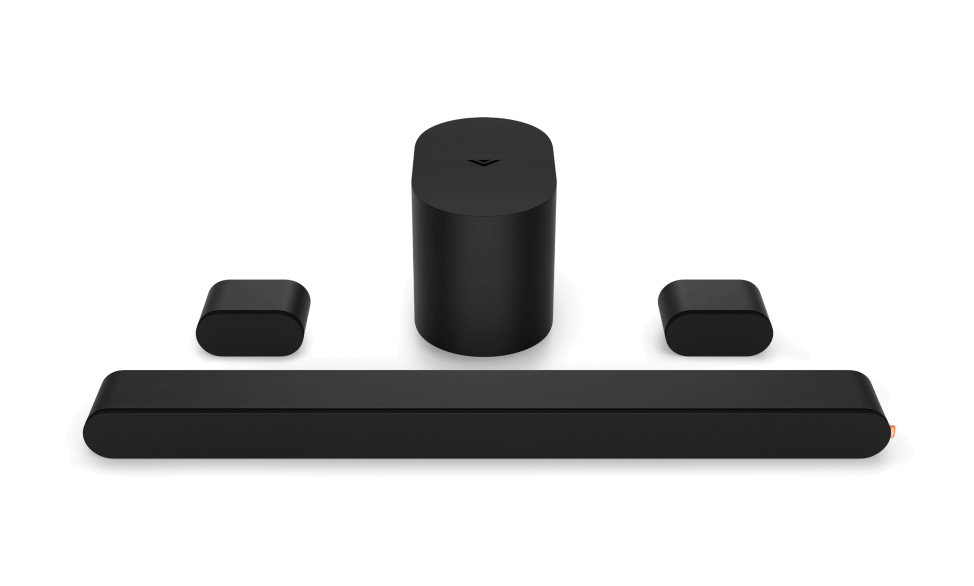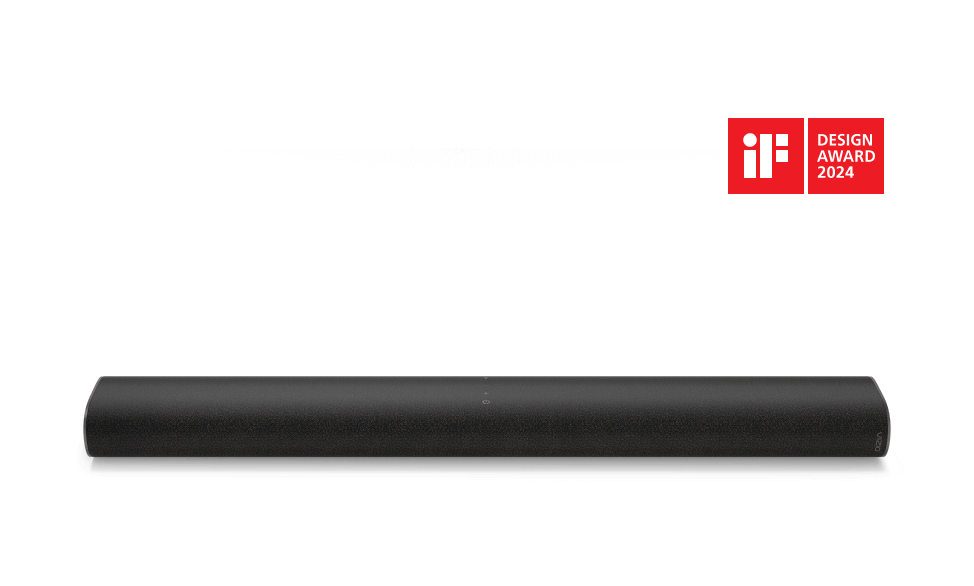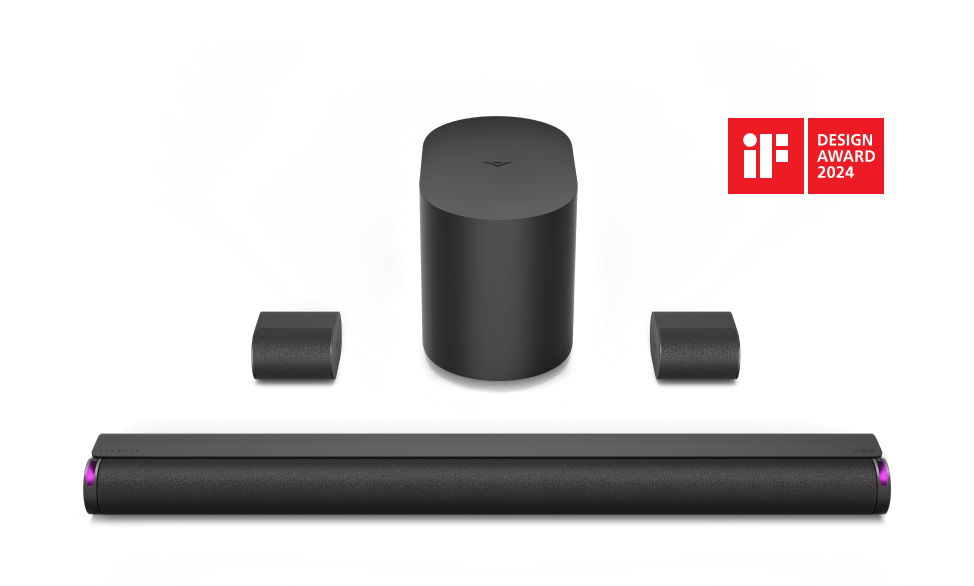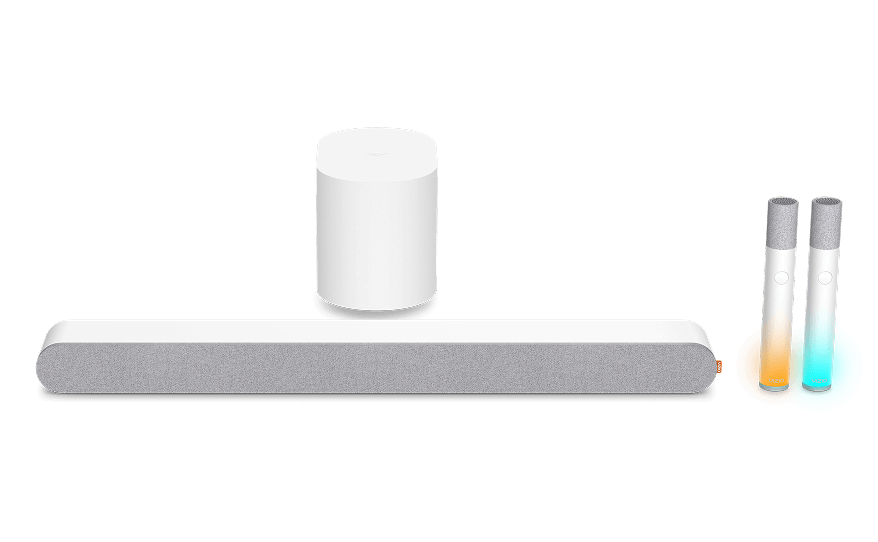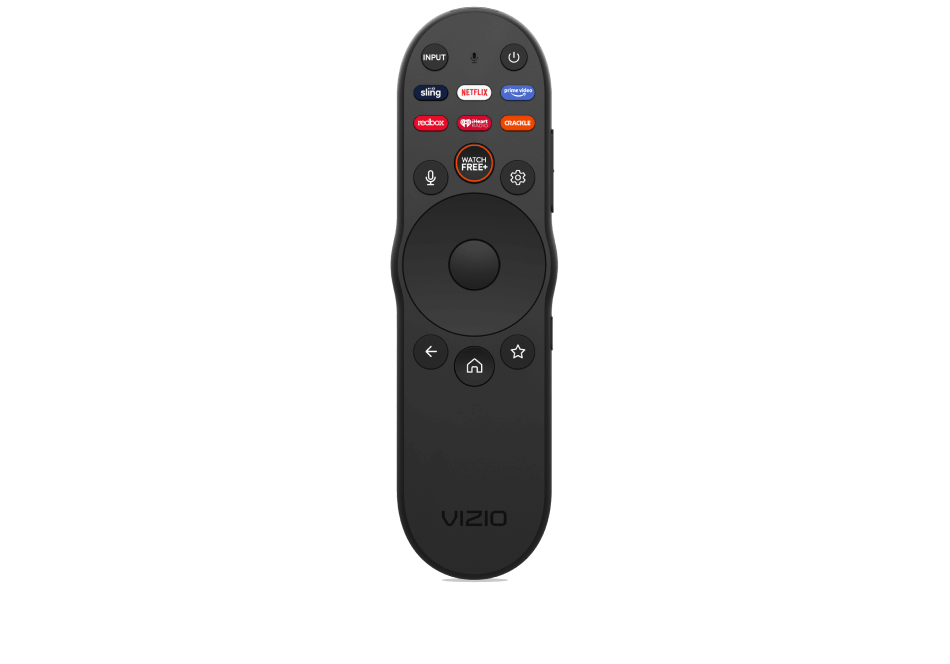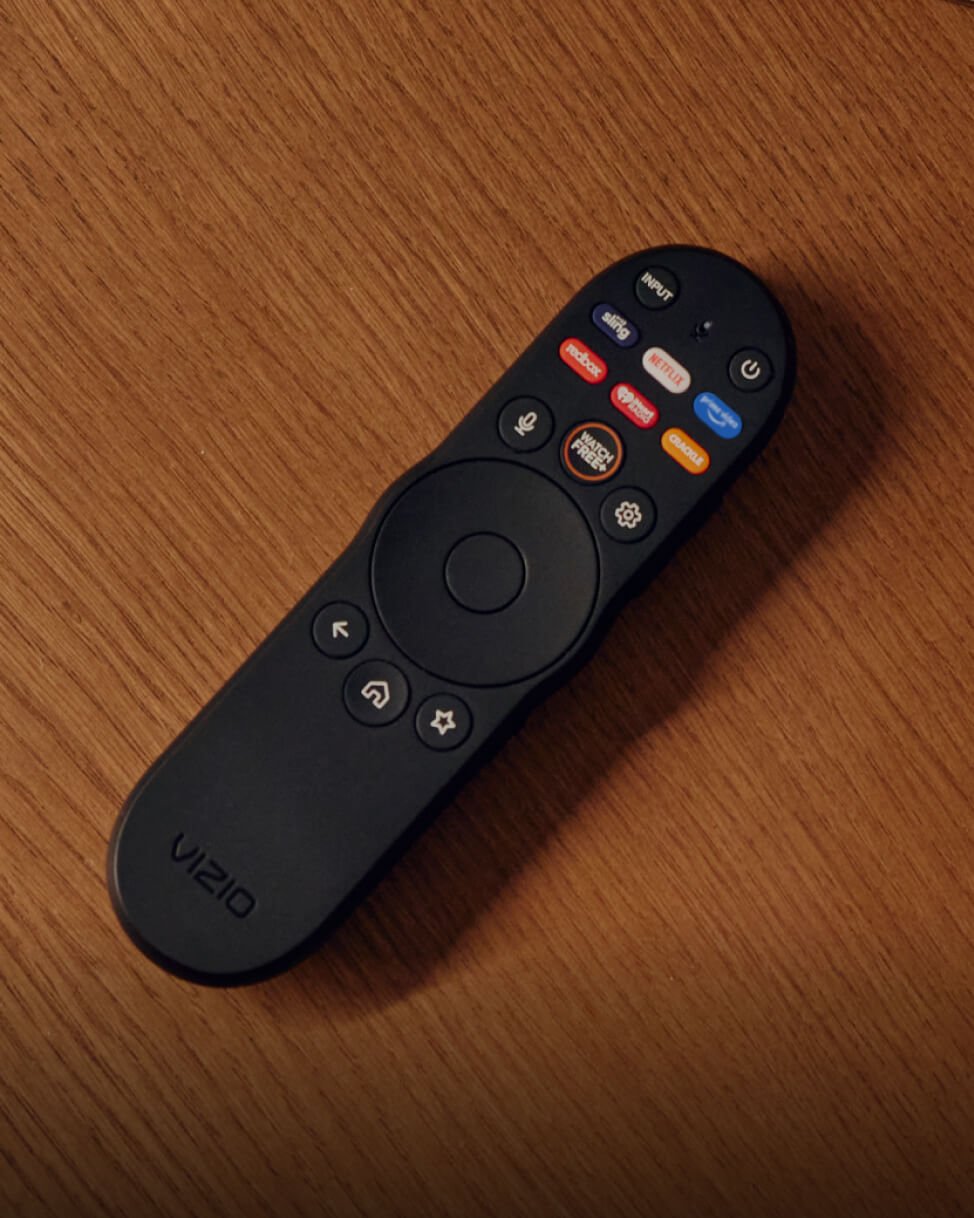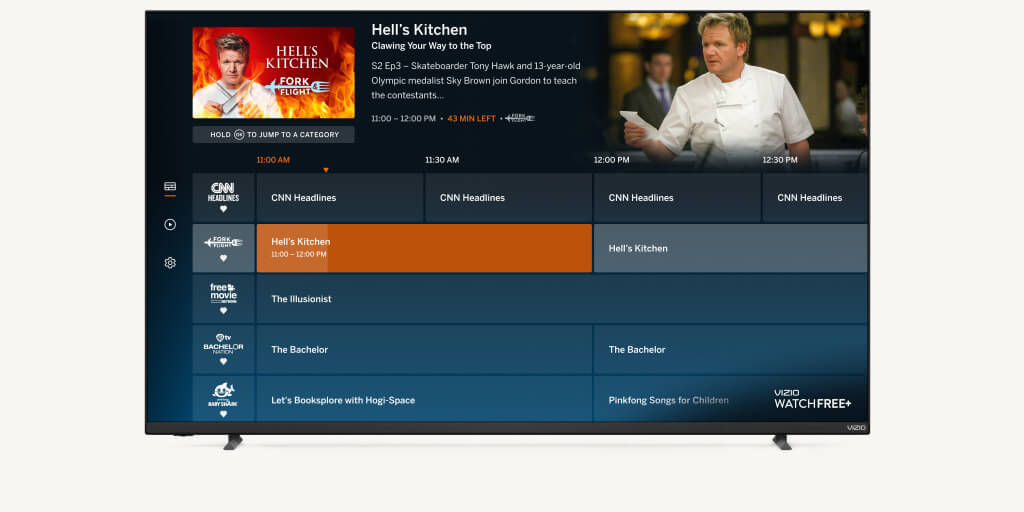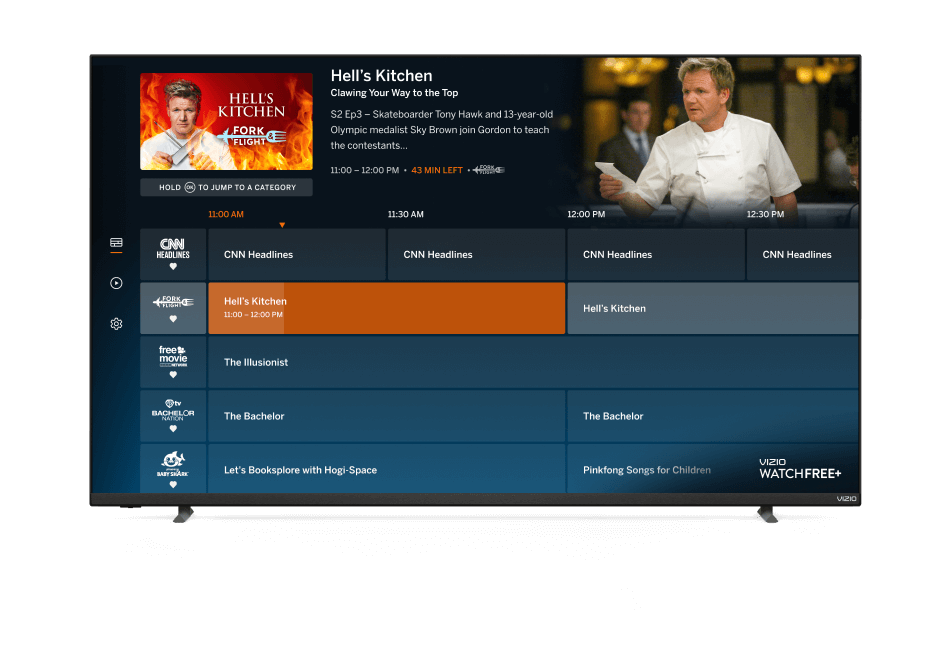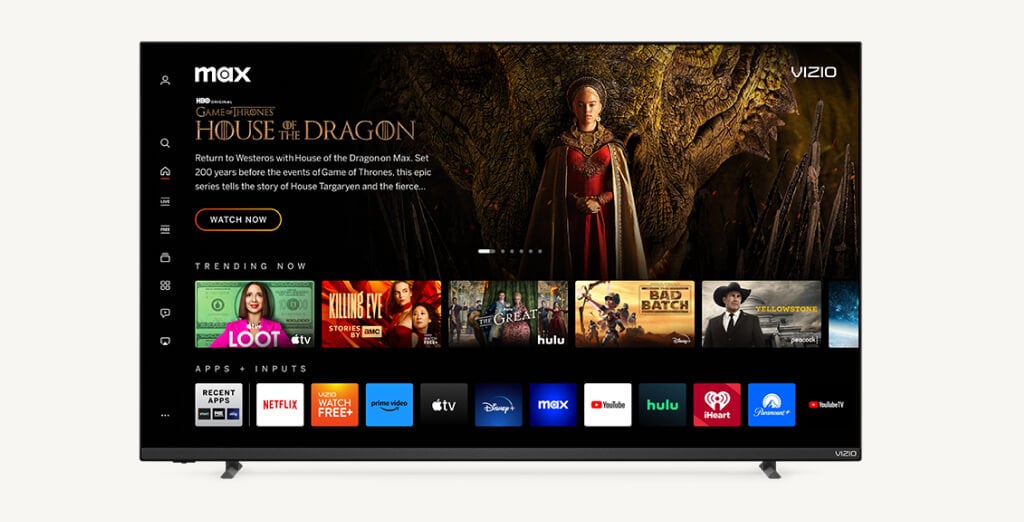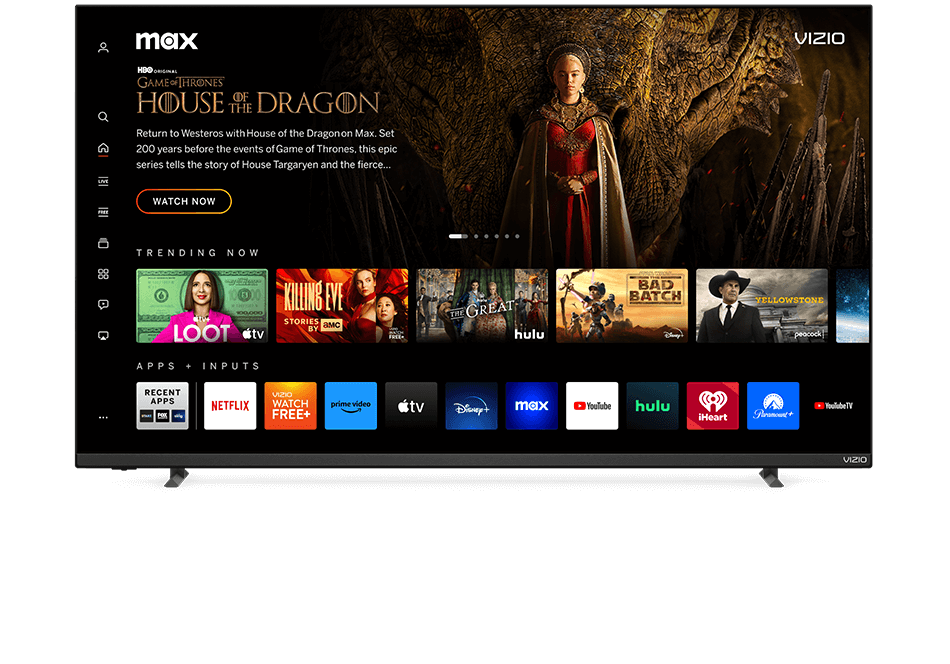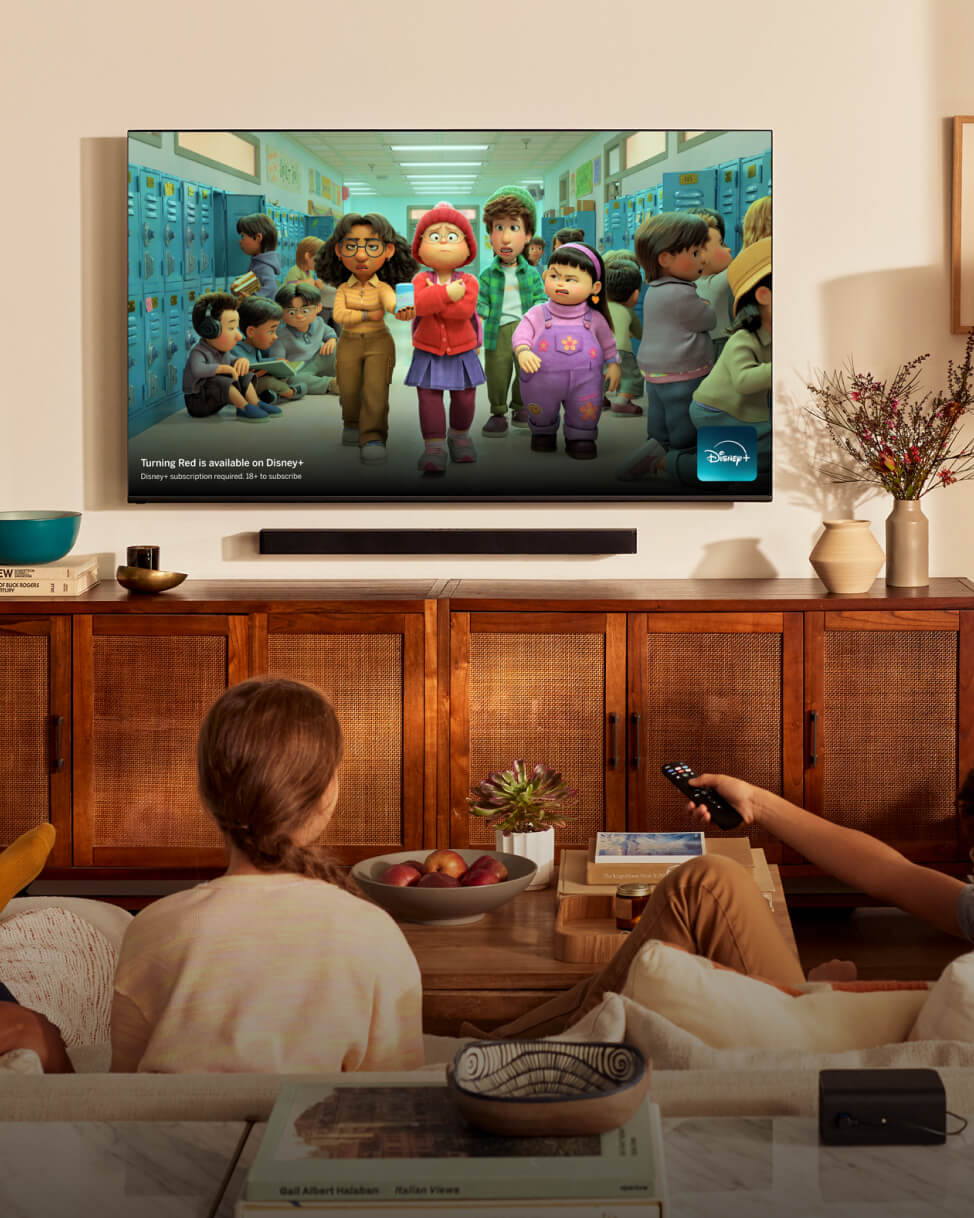Are flat screen TVs the new SUVs?
September 18th, 2009
By: Paul Rogers
California on Friday took aim at an increasingly controversial type of energy hog.
Not SUVs. Flat-screen TVs.
Sparking a battle with the electronics industry, the California Energy Commission on Friday released the nation's first rules mandating energy efficiency for televisions. Under the rules, new TV sets sold in California will be required to reduce electricity consumption 30 percent by 2011 and 50 percent by 2013 from current models.
As Americans have increasingly switched to big LCD and plasma TVs, electricity use has skyrocketed. Once a minor part of home electricity use, today TVs, along with DVRs, DVD players and cable boxes, make up 10 percent of an average homeowner's electricity bill.
"Our concern was that with 35 million televisions in California, and 4 million new ones sold every year — the majority of which are flat screens — electricity use is increasing," said Susanne Garfield, a spokeswoman for the California Energy Commission, in Sacramento.
"More and more homes are also having more and more TVs," she said. "People are using them as DVD players, game players and entertainment centers."
Reducing use
If finalized in November, as expected, the standards are projected to reduce statewide electricity use by nearly 600 megawatts from 2011 to 2021, according to the agency. That would mean the state would need to construct one less major power plant.
Using less electricity means less fossil fuels burned, less smog and less greenhouse gas emissions, Garfield said.
Industry groups blasted the move, saying it would cost jobs and slow the development of anticipated features like 3-D high definition and Internet-compatible televisions.
"We share the goal of energy efficiency and have worked with the (commission) to develop alternatives that will achieve the same or better energy efficiency goals without killing jobs or thwarting innovation," said Doug Johnson, senior director of technology policy for the Consumer Electronics Association.
But the state, he added, "has chosen to ignore alternatives and input, and small businesses and consumers in California will pay the price."
The association released a study asserting that the new standards will all but ban the sales of some large-screen plasma TV sets, and will cost California 4,600 jobs in retail sales, installation and distribution. Opponents of the rule include Best Buy and the Plasma Display Coalition.
Environmental groups noted that the industry already is making some flat-screen TVs that comply with the rules, and that they cost no more than similar-sized models.
"You are still going to be able to get that same great high definition picture and select from any brand you want. And you'll have a lower electricity bill," said Noah Horowitz, a senior scientist with the Natural Resources Defense Council in San Francisco.
Energy bill savings
One leading TV maker, Vizio, has endorsed the rules.
Horowitz said that roughly 20 percent of TVs currently on the market already meet the 2013 standards, which will be measured in watts consumed per square inch of screen size. Further, about 80 percent of TV models now on the market meet the lesser 2011 standard, he said.
According to the energy commission, the rule will save Californians $8.1 billion by 2021 in electricity costs, or about $30 per TV set per year. The commission said the rule is not expected to increase the cost of TV sets, because much of the technology, such as more efficient computer chips and backlighting systems, is already on the market.
A new 42-inch plasma TV without those features can use two to three times as much electricity as the typical 25-inch cathode ray tube TV that it replaced, Horowitz said. LCD TVs use less electricity on average than plasma.
"Some of the really big inefficient models use more electricity than what a new refrigerator does," he added.
The rules now will undergo a 45-day comment period.
The California Energy Commission has scheduled a public hearing Oct. 13, and is set to take a final vote Nov. 4. The rules are supported by Gov. Arnold Schwarzenegger, who appoints the five members of the energy commission.
Since 1975, California has led the nation in appliance efficiency, lighting, and building standards. A new refrigerator sold in California today, for instance, uses 75 percent less electricity than the same-sized model sold 30 years ago.
As a result, California has roughly the same per-capita electricity use today as in 1975, while the United States as a whole is up 50 percent, and some states like Texas, without the same standards, have doubled per-capita electricity use.
A growing number of researchers at Stanford and other universities say the U.S. can make more progress reducing fossil fuel consumption and greenhouse gas emissions by making buildings and appliances more efficient than by building massive solar or wind farms.
"It's the lowest of the low-hanging fruit," said Garfield.




